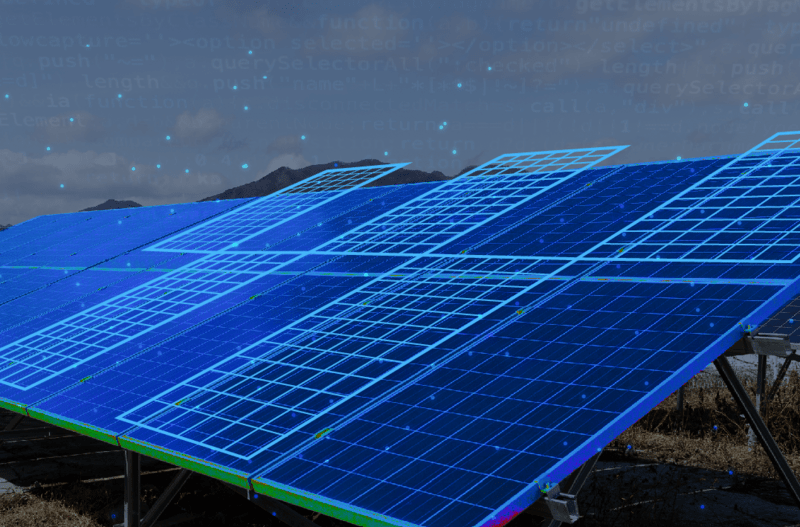The solar farms, power plants, and grids are highly complicated energy systems. They should be under good control to conserve energy, minimize expenditure, and ensure the power supply continues smoothly. A technology that has been developed to assist in the same is referred to as digital twin technology. It assists energy companies in monitoring, trialing, and refining their systems with the assistance of a virtual duplicate.
What is Digital Twin Technology?
The digital twin represents a digital replica of a physical object. In the case of energy systems, it implies the development of a computer simulation that will recreate the appearance and behavior of a power plant, wind farm, or even power grid. The digital twin provides insight into the time openness through data gathered at the sensors in the genuine setup.
The virtual model aids the experts in observing the working of the system and identifying the problems that may arise before they get serious. They are also able to experiment with the possible alternatives of how the system can be improved without experimenting in reality where it may be expensive or quite dangerous.
How Digital Twins Help Energy Systems
Digital twins contribute to the efficient dynamics and reliability of energy systems in a variety of ways. Here are some main uses:
1. Real-Time Monitoring
Equipment such as turbines, solar panels, or transformers has sensors sending data to their digital twins. This information demonstrates the level of efficiency of each part, temperatures, vibrations, and the power produced. The operators of the energy system can monitor the digital twin to attend to failure points early enough and rectify them on time.
2. Predictive Maintenance
Ordinarily, individuals repair machines when they fall out of order or according to a schedule. Using actual data and trends, digital twins allow for the forecasting of the occurrence of a failed part. Preventive maintenance prevents accidents and reduces expenses. This is to ensure that energy flows without difficulties.
3. Testing and Optimization
The digital twin also allows the teams to experiment with new setups or changes beforehand in a virtual way. An example, they can experiment with the effect of incoming wind turbine change of speed or solar panel-angle changes on power. In this manner, one can get the optimum settings prior to their implementation in real life. It assists in making the production of the energy more effective.
4. Energy Demand Management
Energy grids must balance how much power they produce with how much people use. Digital twins can simulate electricity flow and predict demand changes during the day or year. This helps energy providers plan better and avoid power outages or waste.
5. Supporting Renewables
Renewable energy sources like solar and wind depend on weather and daylight, which can change a lot. Digital twins can model these changes and show how the energy system should adapt, such as storing extra power or using backup sources. This keeps the grid stable and green.
Making Energy Systems Safer and Cleaner
Digital twin technology also enhances safety and reduces environmental impact:
- By simulating dangerous scenarios, operators can prepare for emergencies without risk.
- Optimizing energy use cuts waste and lowers pollution.
- It helps monitor emissions and ensure rules are met.
How It Works in Practice
To create a digital twin, experts first collect detailed data about the energy system and its environment. They use sensors to gather live information. Then, they build the virtual model using computer software that can simulate real actions and responses.
Once the digital twin is running, it constantly updates to mirror the real system. Operators use this tool to watch energy flow, plan maintenance, test ideas, and make smart choices.
Why It Matters for the Future
Energy demand is growing, and the systems need to be more reliable and eco-friendly. Digital twin technology offers a smart way to improve how energy is produced and used. It cuts costs, saves energy, and helps use more renewable sources.
This technology is becoming part of more energy projects worldwide. As it grows, it will shape how energy systems work and help the planet by making power cleaner and safer.
Conclusion
Digital twin technology creates a useful virtual copy of energy systems. It helps people watch operations, predict problems, test changes, and improve efficiency. This leads to better energy use, lower costs, and safer power supplies.

